REVIEWS
IDRIS MUHAMMAD: Black Rhythm Revolution! (Prestige). Drummer Idris Muhammad grew up with New Orleans R&B – he was the drummer on Fat Domino’s Blueberry Hill – and graduated in the Prestige record label’s house band in the 1960s, for whom he appeared on more than 150 albums. Black Rhythm Revolution! was his 1970 debut as leader, a strong set of five songs, including James Brown’s Super Bad and two longer pieces featuring ceremonial log drums and tuned tom-toms. His drumming is emphatic and strong, his backing band packed with talent. This reissued LP appears on the highest-quality vinyl, making it an aural delight. Enjoy.

TENDERLONIOUS: You Know I Care (22a). Saxophonist Tenderlonious has many strings to his bow, notably as owner of his own record company 22a, which is at the forefront of a new wave of young, London-based musicians. On his new album, he focuses his attention on the classic jazz material that has inspired him over the years, the six tracks paying tribute to saxophonists John Coltrane, Eric Dolphy, and Wayne Shorter, among others. In style they vary from full-steam ahead modal delights to soulful ballads, all played with passion by his stellar quartet. Bass player Pete Martin stands out for his mobile fretwork, pianist Hamish Balfour is incapable of playing a dull note, drummer Tim Carnegie remains a powerhouse of energy. What an impressive album!

NOAH HAIDU: Standards (Sunnyside). American pianist Noah Haidu is a new name to me, but his latest album shows that his is a name worth noting. Standards celebrates the 40th anniversary of the release of the first album by the Standards Trio, pianist Keith Jarrett’s fine group with bassist Gary Peacock and drummer Jack DeJohnette. Jarrett’s trio played just standards, classics from the Great American Songbook. In tribute, Noah Haidu and his trio do the same, playing such fine songs as Hoagy Carmichael’s Skylark and Frank Churchill’s Some Day My Prince Will Come (from Disney’s Snow White), as well as the more modern Maria, written by Wayne Shorter for his wife, with the pianist’s own Last Dance ending proceedings. Saxophonist Steve Wilson adds an extra voice to four songs, completing a classy set that finds new life in some old songs.
ALINE HOMZY: Eclipse (Elastic). Canadian-born Aline Homzy is a virtuosic violinist, more in the style of modernists like Jean-Luc Ponty and Regina Carter than the traditional swing of Stéphane Grappelli. She is also a phenomenal improvisor who takes risks, bringing a joyous abandon to much of what she plays. Adventurously, she also plays the theremin and uses a synth, giving some of the 11 tracks here a spacey feel as her quintet wraps itself ingeniously round each piece. All the tracks bar one is by her or the band, and they are all evocative and witty. A fine set that shows just what a modern violin can sound like.

MACIEJ OBARA QUARTET: Frozen Silence (ECM). This third album from Maciej Obara’s Polish-Norwegian quartet is as inspired and adventurous as its two predecessors, the interplay between leader Obara on alto saxophone and pianist Dominik Wania on piano as intuitive as ever. Bassist Ole Morten Vagan and drummer Gard Nilssen transcend their allotted rhythmic roles by introducing powerful ideas of their own, while all musicians remain in a constant state of alert hyperactivity.
The beauty of the music owes something to the starkly dramatic landscape of the mountains of southeast Poland, where Obara’s family roots are and where he headed during lockdown, but regardless, this is a fine example of pan-European modern jazz, as ever beautifully recorded by ECM.
MARK LEWANDOWSKI: A Bouquet (For Lady Day) (Ubuntu Music). Lady Day being, of course, the singer Billie Holiday, but don’t expect many vocals on this set, for this is an evocation of her life rather than an imitation of her style, performed by a basic duo of piano and bass. Lewandowski is a commanding presence on bass, Liam Noble adventurous on piano, and together they summon up the life of Billie Holiday in all its pain and glory. The set’s conclusion features a commanding performance from vocalist Heidi Vogel on Left Alone, more a painful spoken cry than a traditional blues song. It forms a powerful coda to what is an evocative and thoughtful set.

THE BRIGHTON JAZZ FESTIVAL
The ever-excellent Brighton Jazz Festival takes place this year between 5–8 October in Horatio’s Bar perched at the very end of Brighton Pier. The venue is perfect, the music always interesting. Headliners this year include saxophonist Emma Rawicz and the all-women Colectiva. Sorry for the short notice, but tickets should still be available HERE.
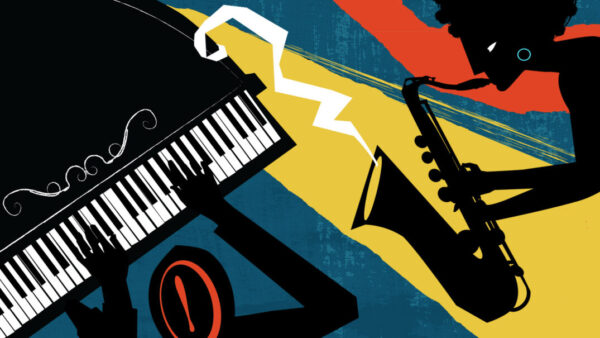






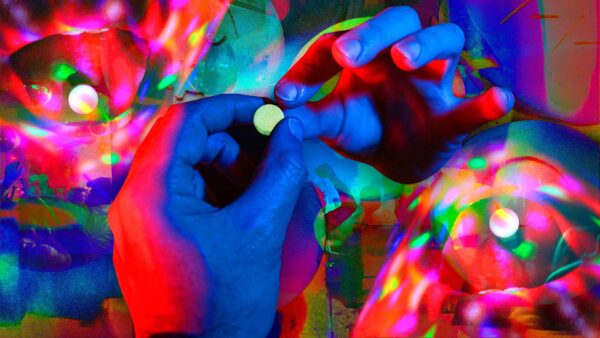
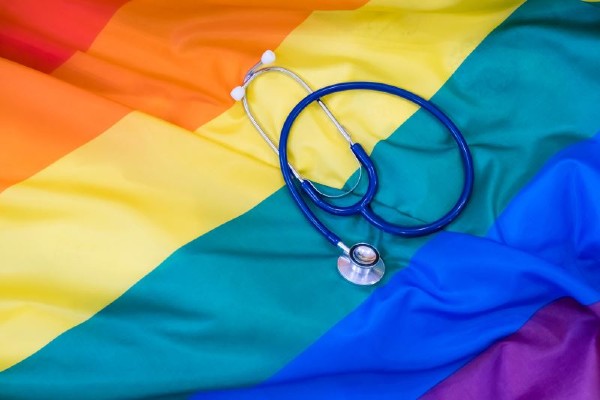
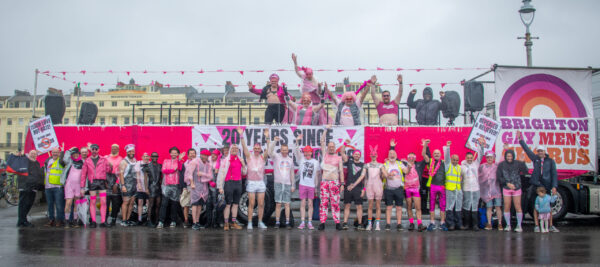


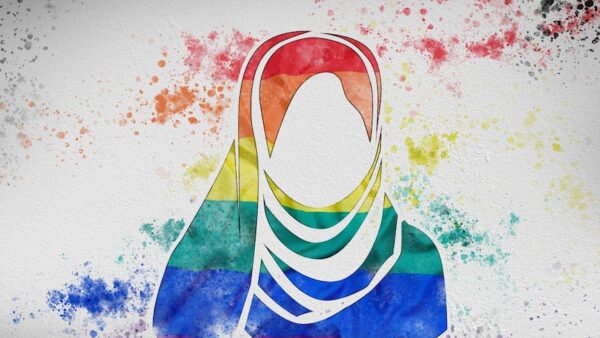

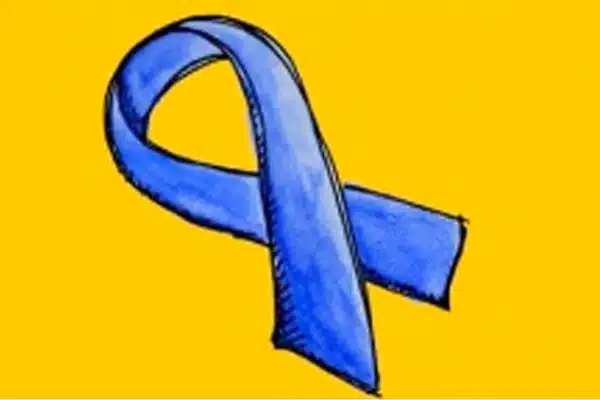



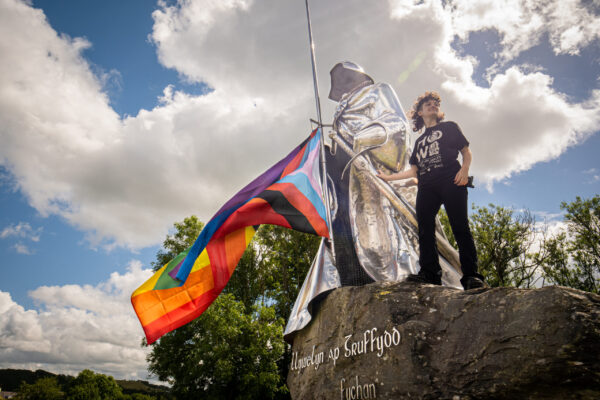




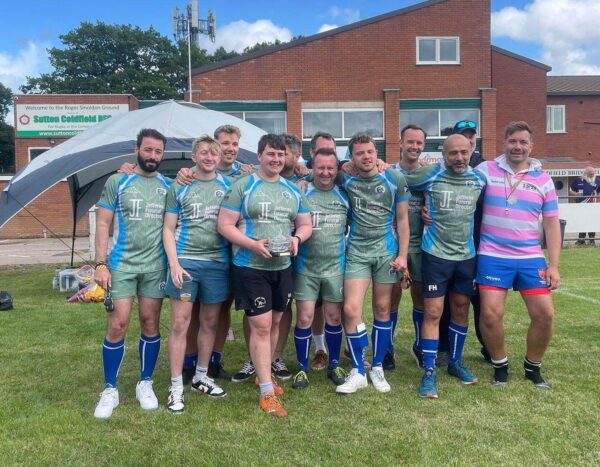





You must be logged in to post a comment.